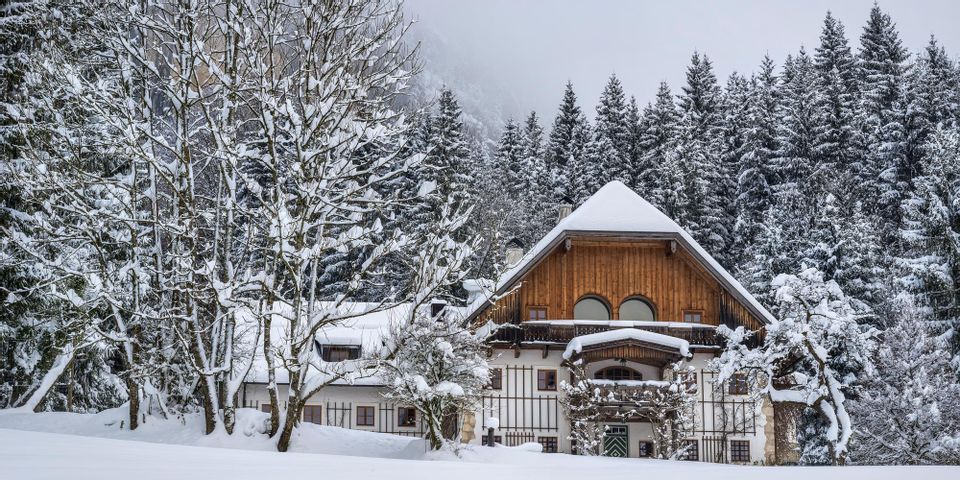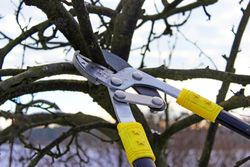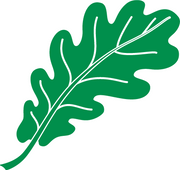
After sustaining damage during a winter storm, structurally compromised trees can contribute to major safety issues, so proper tree care is necessary. Find out how to prevent tree-related mishaps during the winter in the guide below.
When a Tree May Be Close to Failing
Assess your trees in the lead-up to winter. Look for weakened branches, which may be hanging from the tree perilously or barely attached. The weaker the branches are, the more likely they are to break under the weight of snow and ice.
The stability of a tree may be impacted in other ways. Stem girdling roots that surround the base of the trunk reduce water and nutrients flowing into the tree. A leaning trunk, cracks, missing bark, and fungus at the base of the tree also indicate structural deficiencies.
How to Prevent Problems
 A certified arborist can assess the health of your trees to determine whether they’re compromised by disease or pests. Scheduling pruning to remove dead and dying branches also prevents them from causing property damage or injuries. Pruning during the fall and winter reduces the risk of fresh cuts being infiltrated by pests as well.
A certified arborist can assess the health of your trees to determine whether they’re compromised by disease or pests. Scheduling pruning to remove dead and dying branches also prevents them from causing property damage or injuries. Pruning during the fall and winter reduces the risk of fresh cuts being infiltrated by pests as well.
While it may be tempting to clear snow and ice off tree branches after a storm, it’s best to let them melt on their own. You may inadvertently do more damage to the tree by using brooms, shovels, or other tools to clear away ice. If a tree is strong and healthy, it will be able to withstand the weight.
Homeowners in Anchorage rely on the tree care team at Carlos Tree Service for wintertime assistance. Since 1993, these fully trained and licensed arborists have provided tree pruning, maintenance, and removal. Because they’re so confident in their abilities, all of their work is backed up with a guarantee. Schedule an appointment today by calling (907) 522-6049. You can also learn more about their services online.
About the Business
Have a question? Ask the experts!
Send your question

